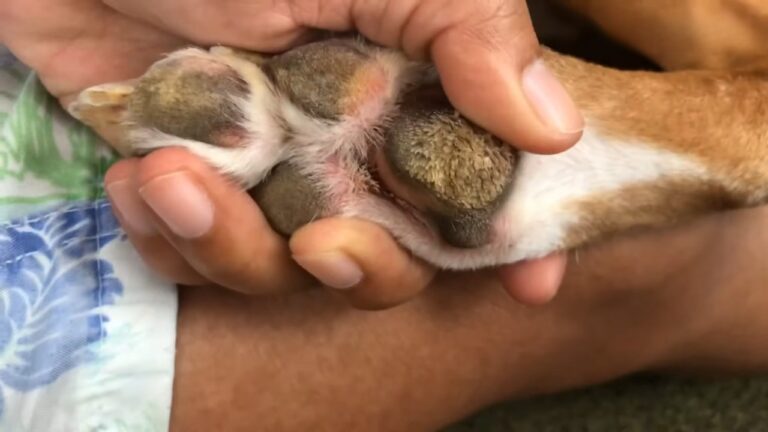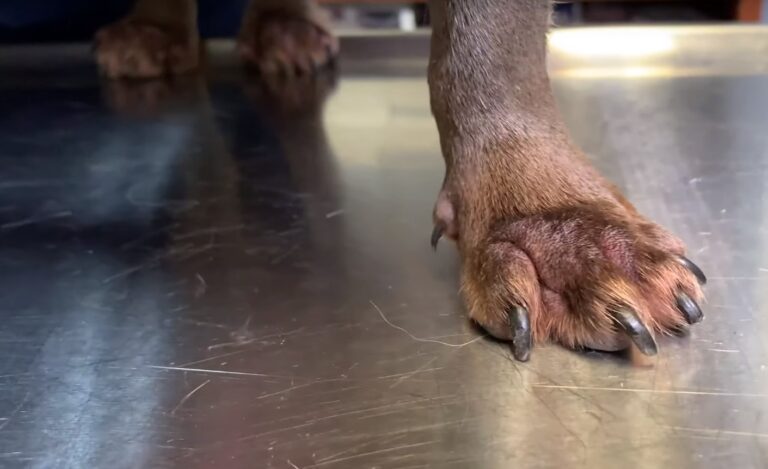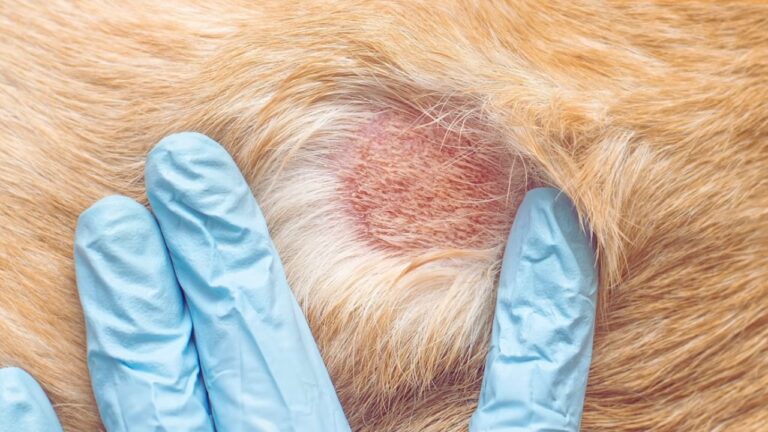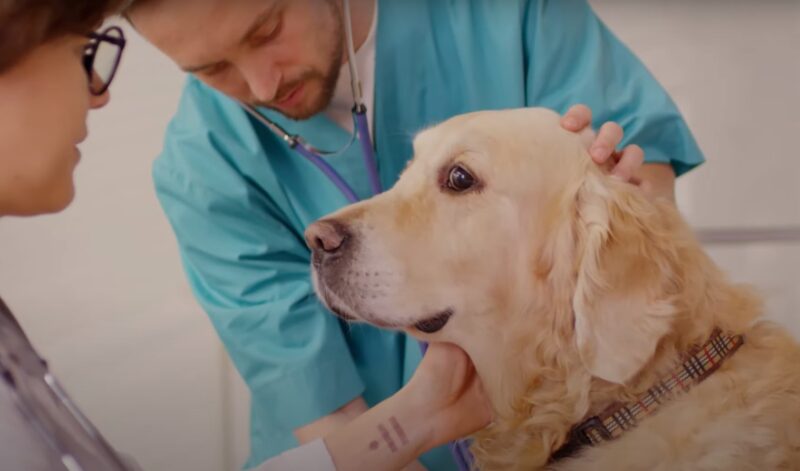Calcinosis Cutis (CC) in dogs is a hard pores and skin condition characterized with the aid of the deposition of calcium salts in the skin, leading to soreness and ability health problems for affected pets.
Effective control and remedy are crucial for enhancing the quality of lifestyles of dogs laid low with this condition. This article explores 5 modern remedy options that veterinarians and pet owners can don’t forget to relieve the symptoms of Calcinosis Cutis in puppies.
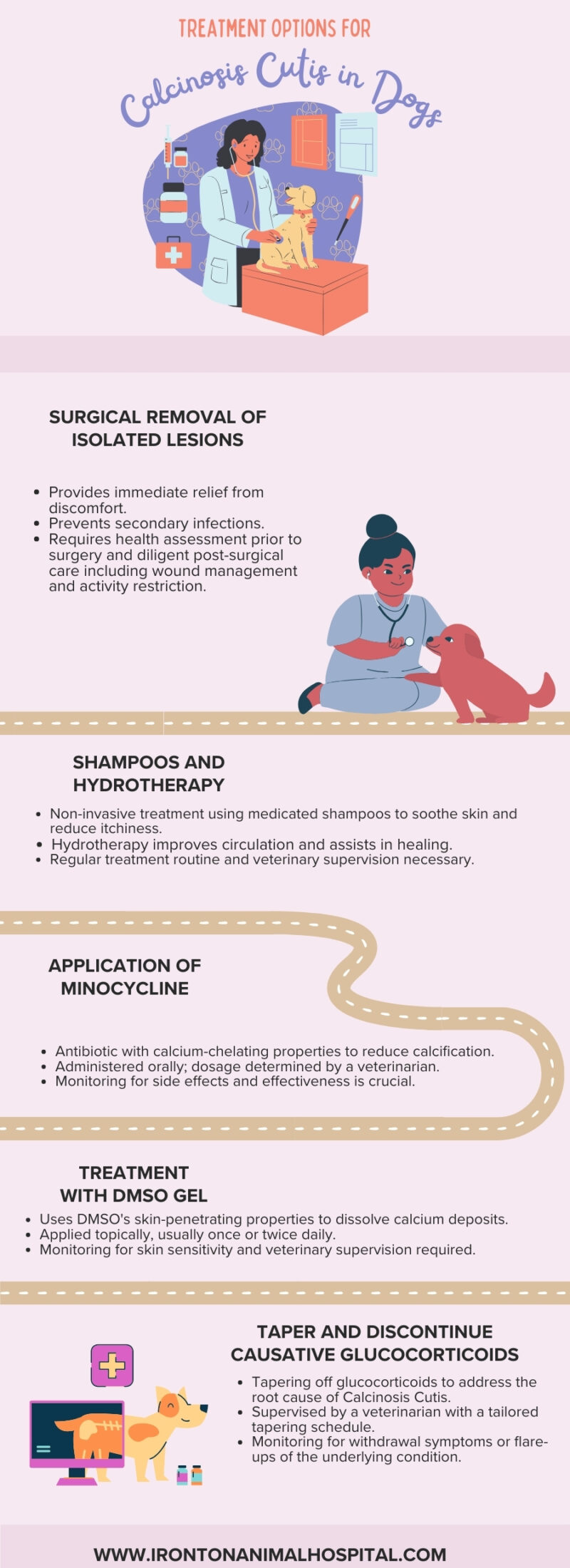
1. Surgical Removal of Isolated Lesions
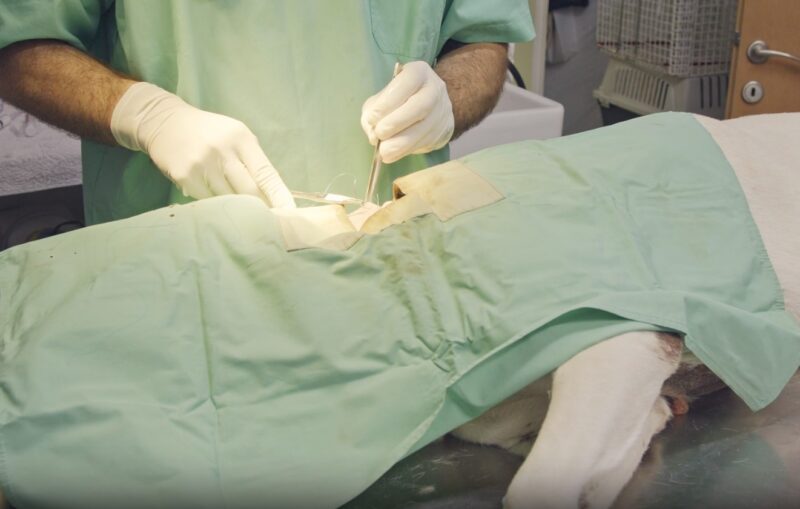
Surgical intervention serves as a essential choice for puppies affected by Calcinosis Cutis, specifically while lesions are remoted and notably effect the animal’s best of existence. This method consists of the precise excision of calcium deposits from the canine’s pores and pores and skin, aiming to relieve soreness and prevent secondary infections.
Benefits of Surgical Removal
- Immediate Relief: Dogs frequently revel in on the spot remedy from soreness and inflammation put up-surgery.
- Prevents Secondary Infections: By putting off ulcerated or inflamed lesions, surgical procedure reduces the hazard of secondary infections.
- Quick Recovery: With proper care, dogs can recover hastily, returning to their everyday sports.
Off Topic: If your canine is tormented by Dilated Cardiomyopathy, you must study extra about existence expectancy, remedy, restoration, and different crucial details.
Considerations Before Surgery
- Health Assessment: A thorough exam ensures a canine is in shape for anesthesia and surgery.
- Lesion Location and Size: Ideal for lesions that aren’t sizable; length and accessibility decide surgical feasibility.
- Post-Surgical Care: Requires diligent care, which include wound management and follow-up visits.
Surgical Procedure Steps
- Pre-Surgical Assessment: Comprehensive health check and lesion evaluation.
- Anesthesia Administration: Ensures the canine’s comfort and immobility in the course of the method.
- Lesion Excision: Careful removal of the lesion even as keeping surrounding healthful tissue.
- Wound Closure: Application of sutures or staples, relying at the incision size.
- Recovery Monitoring: Post-operative observation to manage pain and prevent complications.
Post-Surgical Care
- Wound Management: Regular cleaning and monitoring for signs of infection.
- Pain Management: Administration of prescribed pain relievers to ensure comfort.
- Activity Restriction: Limiting physical activity to prevent wound disruption.
- Follow-Up Visits: Essential for removing sutures and assessing healing progress.
Also check out whether Acorns are safe for your dog. Parks and other places where people usually bring their dogs are full of them.
2. Shampoos and Hydrotherapy

The application of medicated shampoos and hydrotherapy stands as a non-invasive remedy for dogs with Calcinosis Cutis. This approach focuses on assuaging signs and symptoms via topical remedy and water therapy, promoting recovery and luxury with out the need for surgical treatment.
Malcolm Weir says that “The cause of calcinosis circumscripta is unknown, however there seems to be a genetic or hereditary factor. It usually impacts huge breed puppies, in particular German Shepherds, and regularly appears in young puppies (beneath two years of age).”
Advantages of Medicated Shampoos and Hydrotherapy
- Soothes Skin: Medicated shampoos can calm infected skin and reduce itchiness.
- Cleanses Lesions: Helps in disposing of particles and crusts from the pores and skin floor.
- Enhances Healing: Hydrotherapy improves circulation, assisting inside the recuperation manner.
Key Components of Medicated Shampoos
- Antibacterial Agents: Target and reduce secondary bacterial infections.
- Antifungal Properties: Address any concurrent fungal infections.
- Steroid Components: May contain mild steroids to reduce inflammation.
Hydrotherapy
- Gentle Exercise: Swimming or walking in water supports gentle movement, beneficial for skin health.
- Warm Water Soaks: Encourages blood flow to the skin, promoting healing.
- Controlled Environment: Ensures the water is clean and at an appropriate temperature.
Steps for Effective Use
- Consultation with a Veterinarian: To choose the right medicated shampoo.
- Regular Bathing Routine: Establish a regular agenda for shampoo application.
- Application Technique: Proper software and massage strategies decorate effectiveness.
- Duration of Treatment: Follow the veterinarian’s recommendation on how lengthy to go away the shampoo on the pores and skin.
- Combining with Hydrotherapy: Integrate hydrotherapy sessions as recommended.
Post-Treatment Care
- Skin Monitoring: Watch for any signs of infection or hypersensitive reactions.
- Adjustments to Treatment: Modify the method based totally at the canine’s reaction.
- Continued Veterinary Support: Regular check-ups to assess progress and adjust treatment as necessary.
3. Application of Minocycline
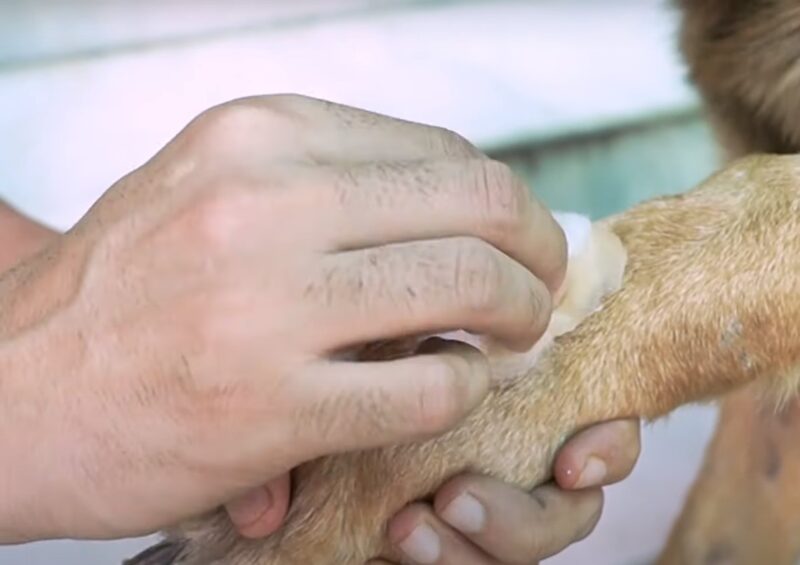
Minocycline, an antibiotic with calcium-chelating residences, emerges as a remedy for Calcinosis Cutis in dogs. Beyond its antibacterial action, it immediately objectives the calcified lesions, providing a dual approach to treatment.
Why Minocycline?
- Dual Action: Combats bacterial infections while addressing the calcification process.
- Calcium Chelation: Binds to calcium in the lesions, reducing calcification.
- Inhibits Enzymes: Slows down the enzymes responsible for skin mineralization.
Effective Administration
- Oral Medication: Typically administered as an oral pill, making it clean to include within the canine’s ordinary.
- Dosage and Duration: Veterinarian will decide primarily based on the dog’s length, severity of signs, and standard fitness.
- Monitoring Response: Regular test-americato evaluate effectiveness and modify dosage as wanted.
Steps for Successful Treatment
- Diagnosis Confirmation: Ensure Calcinosis Cutis is the suitable diagnosis.
- Begin Treatment: Start minocycline as prescribed by way of the veterinarian.
- Observe for Side Effects: Monitor the dog for any unfavorable reactions to the drugs.
- Adjust as Necessary: Dosage modifications may be required based totally on the canine’s response.
Key Considerations
- Allergic Reactions: Be alert for signs and symptoms of an allergic response to the medication.
- Interaction with Other Medications: Discuss all modern medicinal drugs with the veterinarian to keep away from interactions.
- Long-Term Use: Considerations for the implications of extended antibiotic use.
If you were ever wondering why your dog loves licking your ears, read more here.
4. Treatment with DMSO Gel
Dimethyl sulfoxide (DMSO) gel offers a unique technique to treating Calcinosis Cutis in dogs. This treatment leverages DMSO’s residences as a solvent to penetrate the skin and dissolve calcium deposits, facilitating their removal from affected tissues.
Purpose of DMSO Gel
- Penetrative Action: DMSO’s ability to penetrate the skin allows it to reach deep-seated calcifications.
- Calcium Dissolution: Helps dissolve calcium deposits, easing their elimination.
- Anti-inflammatory Effects: Reduces inflammation around the lesions, providing relief.
According to Dr. Brad Hinsperger: Dog owners can use either liquid or gel-based products of DMSO, with gel-based products being simpler to apply. If your dog has large areas of skin affected by lesions, start by treating a small area, then gradually expand the treated area. Treating too much too quickly may have adverse effects, so it is important to progress gradually.
Application Protocol
- Topical Application: DMSO gel is applied directly to the affected areas of the skin.
- Frequency of Use: Typically applied once or twice daily, based on veterinary guidance.
- Duration of Treatment: Follow the veterinarian’s advice on how prolonged to go away the shampoo on the pores and pores and skin.
Steps for Effective Treatment
- Clean the Area: Ensure the skin is clean before application.
- Apply Gel: Use gloves to apply a thin layer of DMSO gel to the lesions.
- Monitor Skin Reaction: Watch for any signs of irritation or adverse effects.
- Adjust Treatment: Based on the dog’s response, the treatment plan may need adjustments.
Important Considerations
- Skin Sensitivity: Some dogs may experience irritation; a patch test can be informative.
- Protective Measures: Handlers should wear gloves to avoid absorbing DMSO through their own skin.
- Veterinary Supervision: Essential for monitoring progress and managing any side effects.
5. Taper and Discontinue Causative Glucocorticoids
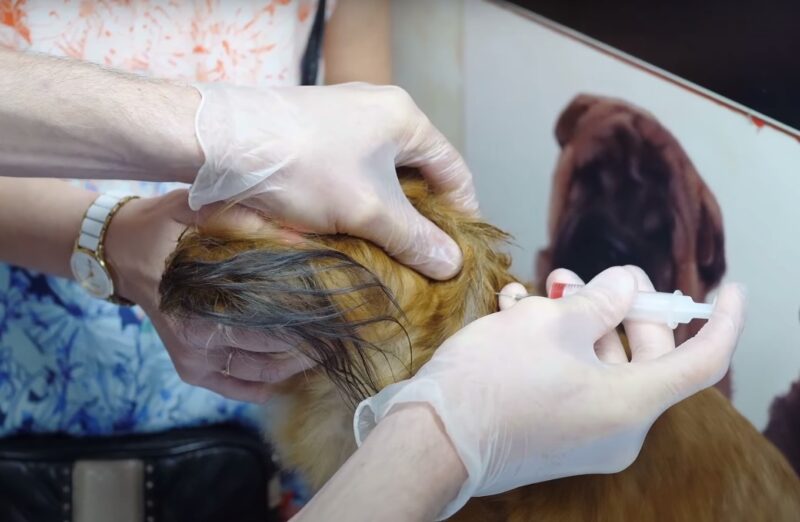
Reducing or eliminating the use of glucocorticoids that contribute to Calcinosis Cutis is a fundamental step in treatment, aiming to halt the progression of the condition.
Why Tapering Glucocorticoids?
- Underlying Cause: Glucocorticoids can induce Calcinosis Cutis; reducing their use addresses the root of the problem.
- Prevent Withdrawal: Gradual tapering helps avoid potential withdrawal symptoms.
Tapering Strategy
- Veterinary Supervision: A veterinarian should oversee the tapering manner to make sure it is finished effectively.
- Individualized Plan: The tapering agenda is adapted to every canine, considering the length and dosage of glucocorticoid use.
- Monitoring: Close observation for signs of the underlying condition flaring up or withdrawal symptoms.
Steps for Successful Tapering
- Assessment: Evaluate the dog’s fitness and the need of glucocorticoid remedy.
- Gradual Reduction: Slowly lower the glucocorticoid dose through the years.
- Alternative Therapies: Introduce other remedies to control the underlying situation with out glucocorticoids.
- Ongoing Evaluation: Regular check-ups to adjust the tapering process and manage any emerging issues.
Key Considerations
- Withdrawal Symptoms: Watch for signs of adrenal insufficiency or relapse of the treated condition.
- Alternative Management: Explore other medications or treatments to control the underlying disease.
Summary
Treating Calcinosis Cutis in puppies calls for a mixture of strategies, every geared toward addressing exceptional aspects of the situation. With the right method, it’s feasible to alleviate signs and decorate the nicely-being of affected puppies.
Success hinges on cautious choice of remedies, ongoing commentary, and a committed attempt from both veterinarians and pet proprietors. Through such concerted efforts, significant improvements in the health and comfort of dogs with Calcinosis Cutis can be achieved.

